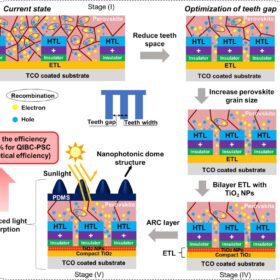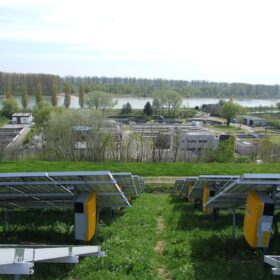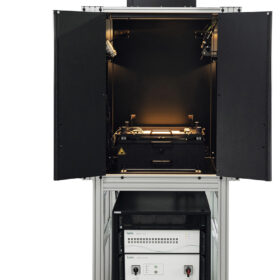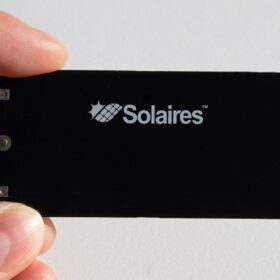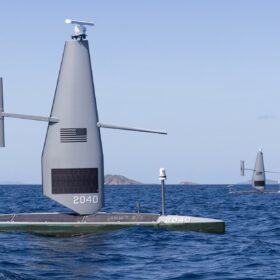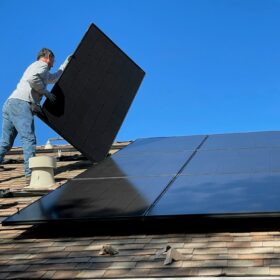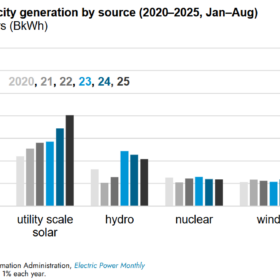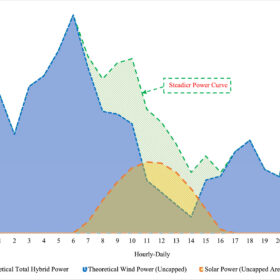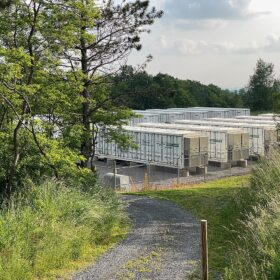RE+: Ten cutting-edge technologies from North America’s largest solar trade show
New solar panels, battery energy storage systems, factory announcements and more are set to be unveiled at RE+ Las Vegas, Nevada, Sep 8-11.
All back-contact perovskite solar cell designs at a glance
Scientists from Japan, Saudi Arabia and the United States have investigated existing back-contact perovskite solar cell architectures and have proposed a strategy to help reach commercial production.
New deep learning tech for PV inverter fault diagnosis
A team of scientists at Georgia Southern University has combined both spatial and temporal attention mechanisms to develop a new approach for PV inverter fault detection. Training the new method on a dataset created in MATLAB/Simulink, the group has compared it to a series of other data-driven and statistical-based methods and has found accuracy reached 97.35%.
Inside perovskite solar cell durability and performance testing
Accurately measuring the performance of perovskite solar cells and modules requires significant modifications to long-established testing standards used in silicon PV. Researchers are settling on methods that rely on up to several minutes of constant light exposure and other time-consuming procedures. These may be fine for the laboratory setting, but those looking to produce this technology at scale need standardized methods that can characterize cells and modules at a much faster rate.
Solaires Entreprises ships indoor perovskite PV modules to first customer
Solaires Enterprises, a Canadian perovskite startup, has begun supplying indoor PV modules for integration into sensor devices, marking its first commercial shipment.
Space-based solar power advances to the launch pad
Experts on a SpaceNews webinar say the technology is ‘having a moment,’ with projects scheduled for deployment as early as 2026.
Ocean-going saildrones tap solar, wind for long-duration monitoring
The U.S.-based ocean technology company has developed a range of data-collecting uncrewed surface vehicles (USV) powered by solar and wind. They are designed to operate in harsh maritime conditions, above and below the sea surface, to carry out science, commercial, and defense missions.
PV innovations often originated outside solar sector
Research from the Massachusetts Institute of Technology highlights 81 unique innovations across a diverse range of research efforts and industries that have impacted PV system costs since 1970, the majority of which originate from outside the sector.
Dirty data can break a clean energy portfolio’s return on investment
While AI can help renewable companies get ahead, it will only take them so far without quality, clean data.
AI is transforming residential storage fleets. What does that look like in practice?
Predictive diagnostics and self-testing can help residential battery systems reduce downtime and cut service costs.

